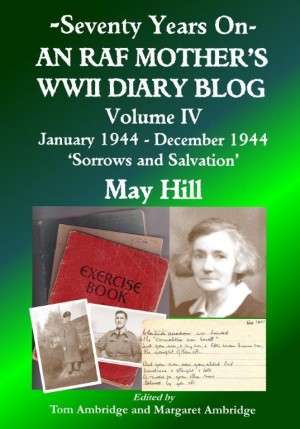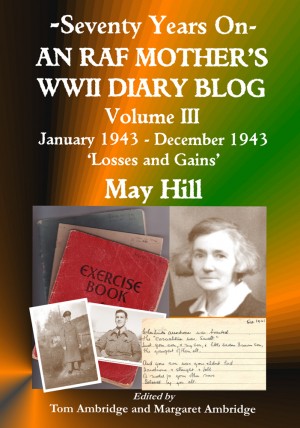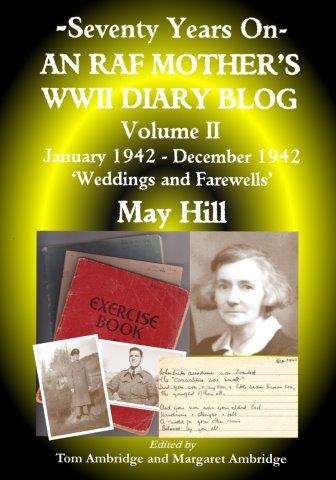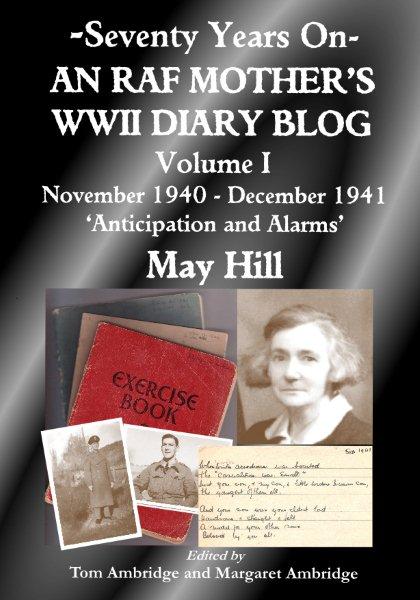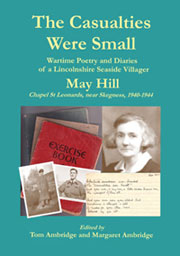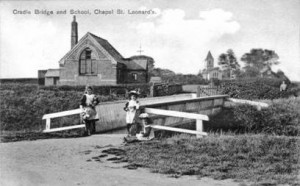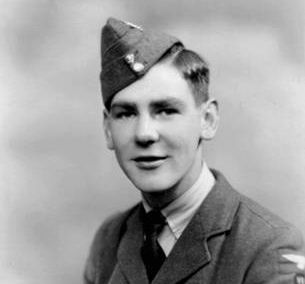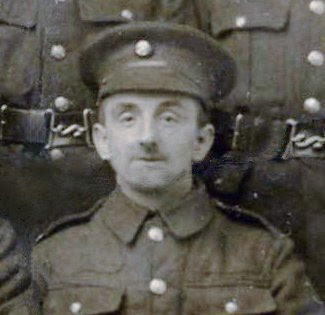What are elvers? Oh, young eels, aren’t they? Just a passing snatch of conversation but it brings back two scenes in my life more than 30 years apart.
The first when I was somewhere between 7 and 10 when I saw elvers for the first and only time.
My home was in the low lying land between the hills and the sea, not actually fen but marshland, long since drained by large and small ditches known as drains or in local dialect dreeans. Through the scattered hamlet ran two large drains … with several … small drains all cut to run into one of the large ones, the twain meeting some short distance from the sea and running under the sea-bank and beach emptying into the sea.
Now the larger drains and some smaller ones are known as Parish drains and are kept in order by means of the drainage rate, the private ones belong to the owners of the land. They keep them in order or not, at their own expense or risk of sodden land as they are inclined.
Now at this time I speak of the bed of one of the large drains was being cut deeper and a new lock being put in so that the drain was dammed back and the water below the dam drained itself to the sea leaving a comparatively dry ditch to work in. Of course (the dam being a few hundred yards from the village school) it was an ideal spot for the children to play and watch the work. I see myself a small dark-eyed child with black bobbed hair (ah yes! Mine was bobbed nearly 40 years ago, perhaps I set the fashion), slipping and sliding down the bank to the dam and there in the deep water above the dam were the elvers. They were about 4 inches long and as thin as a stocking needle, struggling to get over the dam, hearing the far off call of the Sargasso Sea. I used to crouch there and try to catch them, I can feel them now slipping slipping slipping between my fingers, never could I grasp one. It was an unforgettable sensation. Never can I forget the feeling of impotence almost amounting to pain as I tried over and over again to grasp those elusive bits of life.
Many years after I felt the same sensation of an infinitely greater pain and sense of impotence.
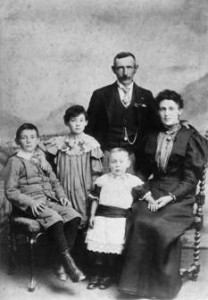
May 'the dark-eyed child with black bobbed hair' with brother Frank, sister Emily and parents, around 1900
It is not known when May wrote this passage or whether the final sentence refers to a specific event. Further reference will be made to this when reaching forthcoming Diary entries, later in 1942, in which May mentions ‘elvers’.
The two main drains passing through Chapel St Leonards were the Orby Drain, which ran under Tylers Bridge and Cradle Bridge, near the school, and Willoughby High Drain which ran under Chapel Bridge near ‘Hill View’ and the Methodist chapel. That drain had a lock, and the two drains then merged, close to ‘Keal Cottage’ (a former home of May and Will). The merged drain ran alongside St Leonards Drive towards the ‘basin’ (a gated drainage reservoir) linked via a ‘tunnel’ to the ‘outfall’ to the sea. (See 6 Mar. 1941 and Village Map.) The postcard view is by JS & S (Sands) as reproduced in ‘The Casualties Were Small’ with the permission of the photographer’s family.
Have you read an introduction to May Hill & family (includes photographs) and explored ‘The Casualties Were Small’?

